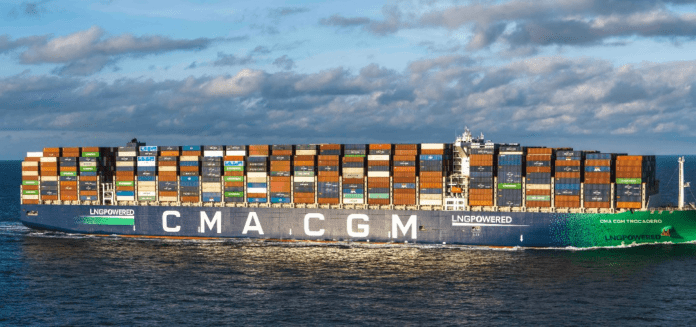The European Union’s Emissions Trading System (ETS) acts as a de facto carbon tax for shipping within the European Union (EU).
All vessels operating within, to, or from the EU are required to pay a carbon emission tax, which applies to 100% of emissions for voyages between two EU ports and 50% of emissions for trips between an EU and a non-EU port.
In addition, to optimize ETS savings, vessels should call at a non-EU port that is geographically closest to their first or last EU port of call. Savings can be calculated by comparing this “modified” route to the shortest benchmark route around Africa, which is the distance between Singapore and Algeciras.
For example, a vessel stopping at a non-EU port en route from Singapore to Algeciras will only pay ETS on 50% of the emissions from that stop to Algeciras. In contrast, a vessel sailing directly from Singapore to Algeciras must pay ETS on 50% of the emissions over a much longer journey.
“We mapped the reportable ETS sailing distance from a non-EU to an EU port, for each service in the new alliance networks (including MSC, since it will be as large as an alliance). This is then compared against the notional sailing roundtrip distance between Singapore and Algeciras, to calculate potential ETS savings,” mentioned Alan Murphy, CEO of Sea-Intelligence.

As shown in the figure, MSC’s network design leads them to cut the reportable distance between Asia and Europe almost in half, while Gemini Cooperation and Premier Alliance will be on an equal competitive footing, whereas Ocean Alliance will only have a marginal 7% reduction in their current network.
This means that MSC will have a major cost advantage and Ocean Alliance will have a major cost disadvantage, when it comes to the ETS costs, according to Sea-Intelligence’s analysis.
However, an important caveat, according to Murphy, is that Ocean Alliance has not yet published an updated network for 2025. “We expect that we will soon see Ocean Alliance publish a revised Asia-Europe network for 2025, where we assume they will focus more on reducing their ETS cost exposure,” he noted.







